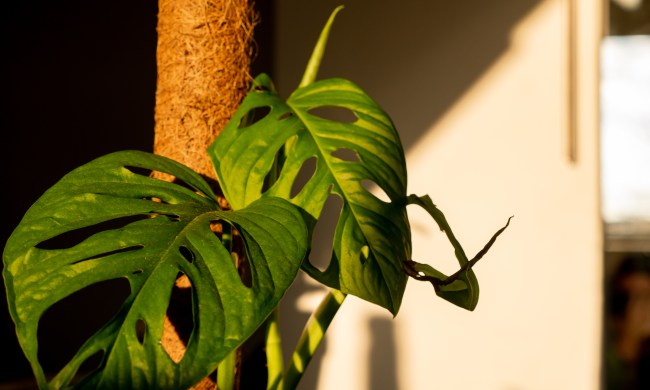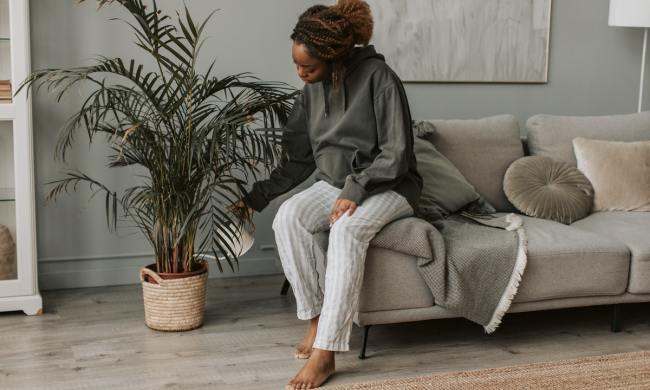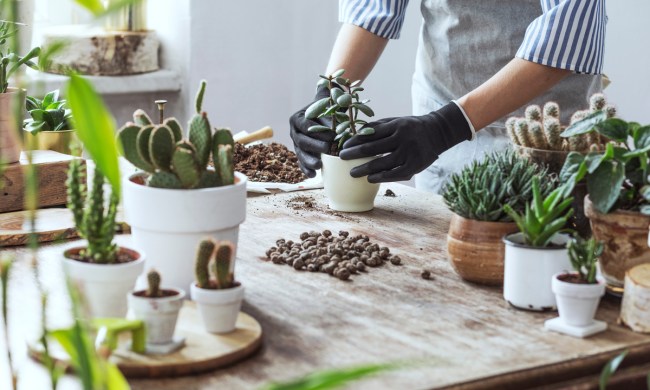Indoor plants are the perfect option for beginners, people without the space or time for an outdoor garden, and anyone who just needs a little greenery in their life. Depending on the plants you’re growing, the care can range from incredibly easy to terribly difficult. Care guides can help you learn how to water your plant and what kind of fertilizer it needs, but soil is often left unexplained.
If you’re trying to start your own indoor garden and don’t know where to begin, here’s what you need to know about choosing the best potting soil for indoor plants.
Why does soil choice matter?
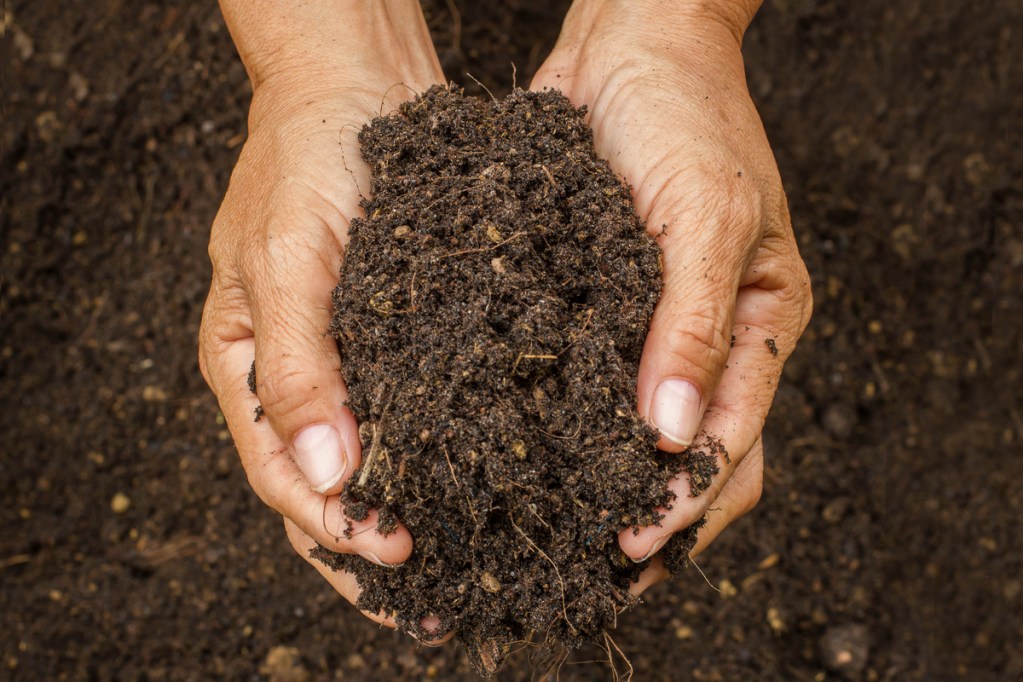
If you don’t have much gardening experience, you might wonder why soil choice matters and what makes one soil better or worse than another. After all, isn’t it all just dirt? Well, yes, it is all dirt, but dirt is actually made up of a variety of things. Soil forms the foundation for most plants to grow from (although some can grow in water and others don’t need anything), and it also provides most of the nutrients your plant needs in order to grow.
However, different plants have different needs. A plant that’s native to deciduous forests is likely to prefer loamy soil, while a desert plant will need sandy or rocky soil, and a bog plant will need slow-draining, wet soil. You might be able to grow a desert plant in loamy soil, but it will struggle more and need more care. Choosing the right soil sets your plant up for success.
What do the additives in potting soil do?

Potting soil typically does not just contain soil — there are also extra ingredients added to enrich the soil. Knowing what the most common ones do will give you a better idea of how each potting soil will fulfill your plant’s needs. Perlite is in most potting soil mixes, and you’ve likely seen it before without realizing what it was. Perlite absorbs water, releasing it slowly over time. This allows excess water to drain away from the roots while still letting your plant access water. Vermiculite fills the same role.
Peat moss also absorbs water, but it also makes the soil slightly more acidic and can loosen dense soils. Coco coir fills the same role, but doesn’t make the soil acidic. Lime can be added to make the soil more alkaline. Compost is sometimes added to potting soil to enrich it, and some brands will add a fertilizer instead. Bone meal or blood meal also add nutrients to the soil.
What does your plant need?
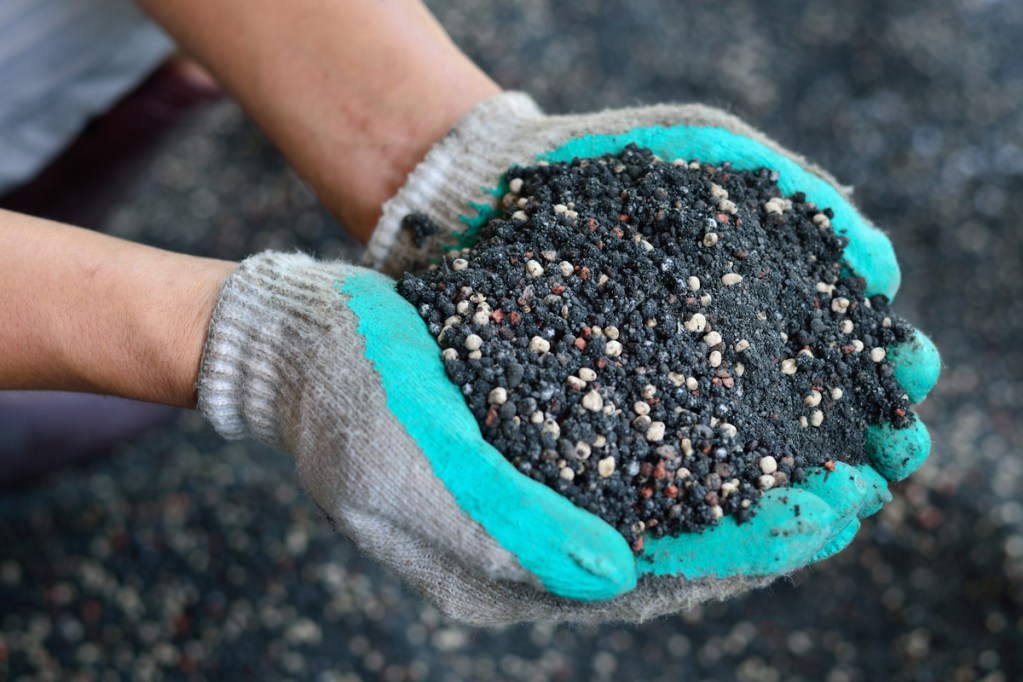
Now that you know what the most common soil additives do, it’s time to take a look at the plants that will be growing in that soil. If you’re going to be growing multiple plants, it’s best to stick to something fairly basic. A potting soil with perlite and perhaps compost will work just fine for most plants. If you’re only growing one plant, or want to get different potting soil for each plant, then here’s what to pay attention to.
First, consider how much your plant can tolerate wet soil. Most plants have a limit to how waterlogged the soil can become before the plant suffers (root rot), with desert plants typically having the lowest tolerance and bog, marsh, or wetland plants having the highest. Drainage is influenced by both the additives and the base soil type used for the mix, which is why this is important to consider first. Your cactus won’t be thrilled with a dense, clay-heavy soil, and your Venus flytrap will be just as unhappy in fast-draining cactus soil.
Next, find out if your plant is a heavy feeder or not. Heavy feeders are plants that need a lot of nutrients in order to grow properly. This includes many fruits and vegetables, but also many plants that grow large flowers. For heavy feeders, a potting soil with compost, fertilizer, or other nutrient-boosting additives is ideal.
Finally, look at your plant’s preferred pH. Most plants prefer a neutral soil, but some thrive in acidic or alkaline. Choosing a potting soil that contains peat moss, lime, or other pH-shifting additives to match your plant’s pH preference is a good idea.
Choosing the best potting soil for indoor plants doesn’t have to be hard. When you understand the basic functions of the major potting soil additives and know what your plant needs, you can use that to determine the ideal soil for your plants. Of course, you can also opt for a balanced potting soil instead, especially if you want to grow more than one plant.


